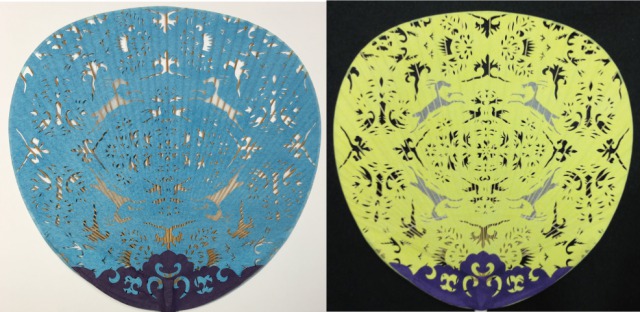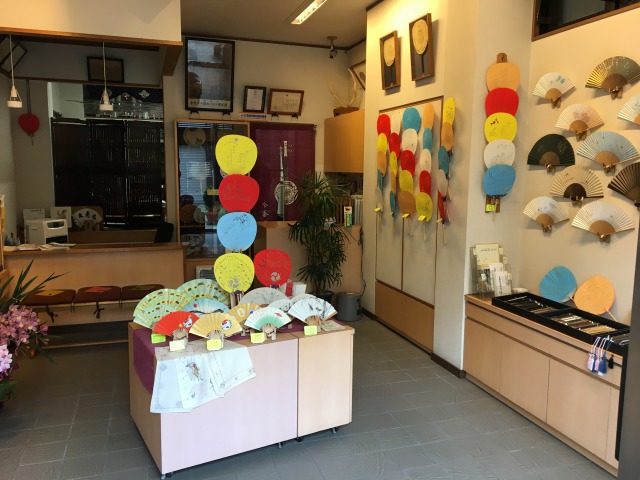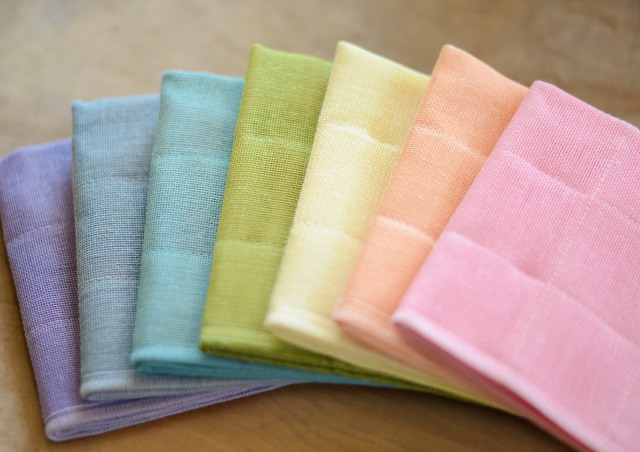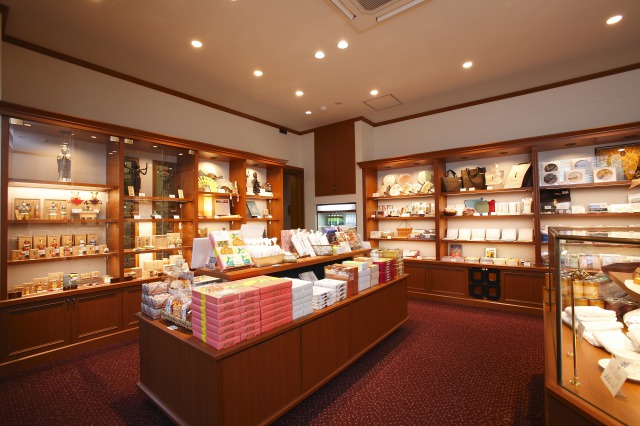
Perfect for Souvenirs! 5 Traditional Crafts from Nara
What comes to mind when you think of crafts from Nara, the ancient capital of Japan? Here are some traditional crafts that can casually be used in everyday life chosen from the wide variety of Nara crafts.
This post may contain affiliate links. If you buy through them, we may earn a commission at no additional cost to you.
1. Tenugui (Nippon-Ichi)
Tenugui are a type of Japanese towel that were created to help people handle the high humidity of Japanese summers. They\'re not bulky, dry quickly, are quite absorbent, and get softer the more you use them. The hems aren\'t stitched so it dries even faster, so you don\'t have to worry about hygiene. The tenugui in the photo is from Nakagawa Masashichi Shoten, a miscellaneous goods shop centering around traditional crafts that first opened in 1716. These tenugui are dyed using a technique called "tenassen," and pattern paper is used for each color. Since each color is stenciled on top of the fabric to dye it, the opposite side has a different feeling to it, and you can enjoy deeper colors and small details. You can buy tenugui like the one in the photo that are special local products or seasonal items as gifts at Nippon-Ichi Nara Sanjo-cho branch. Why not pick up and enjoy an item that was made with techniques that have been handed down through generations?
Nakagawa Masashichi Shoten\'s Nara Tenugui Shika Senbeiya Haru

Nippon-Ichi Nara Sanjo Branch

2. Nara Uchiwa (Ikeda Gankodo)
Production of Nara uchiwa (flat fan) began in the 700s, and even though centuries have passed, its biggest charm is the smooth, curvaceous fretwork. This fretwork is made via a technique called "tsukibori," in which 20 sheets of washi paper are laid on top of each other and carved using a special small knife. These uchiwa use twice as much bamboo boning as regular uchiwa do, for an extravagant total of around 70. Because of that, the uchiwa has wide fretwork and creates a comfortable breeze when used. There are around 100 designs using Nara-related motifs such as deer and phoenixes. The paper used for the fans is handmade Iyogami paper made by craftsmen, which comes in five colors: red, white, yellow, brown, and light blue. The colors may fade over the years, but it\'s great that these fans can be used for more than twenty years. The fans in the photo can be bought at the only producer of Nara uchiwa still remaining, Ikeda Gankodo. This shop first opened in the 1800s and is now in its 6th generation. They offer precious, elegant fans with detailed beauty, so you\'ll definitely enjoy it if you get your hands on one.
Ikeda Gankodo\'s Nara uchiwa

Ikeda Gankodo

3. Fukin (Network Gallery Nawrap)
Originally, Japanese people used mosquito nets to protect themselves from harmful insects as they slept. In order to create those mosquito nets, the traditional Nara industry of "kayaori," or mosquito net weaving, was born. Over time, mosquito nets fell out of disuse, but now the kayaori technique is used to create fukin (tea towels) instead. The characteristics of fukin made using kayaori are the granulated surface, its breathability, and its strength. It\'s a technique that was cultivated through the mosquito net industry, but it was the exact technique needed to make fukin. The Kaya no Yume Fukin in the photo can be bought at Network Gallery Nawrap. They range from being made of two pieces of mosquito netting to eight pieces, and there are different sizes. Why not introduce these kayaori fukin, made with the skills of Nara craftsmen that evolved throughout Japanese history, into your daily life?
Network Gallery Nawrap Fukin\'s Kaya no Yume Fukin

Network Gallery Nawrap

4. Nara Brushes (Akashiya)
Nara brushes began after brush-making techniques were introduced from China in the 800s. It\'s said that the technique of making brushes that use hair from more than 10 kinds of animals began in Japan. One of the techniques used, "nerimaze," is one of Nara brushes\' characteristics. The brush head is made by kneading an averaged balance of various animal hairs over and over to get rid of any unneeded hair. The brushes in the photo are from Akashiya, a shop that started in 1716. Akashiya\'s Nara brushes are entirely made by craftsmen with no machinery involved. They also have an exhibit and shop featuring brushes made by craftsmen that have over 12 years of experience and have passed an exam to be certified craftsmen of traditional arts and crafts. You should definitely try to get one of these brushes and learn their true worth.

Akashiya Showroom

5. Handmade Washi (Akari Kobo Yoshino)
It\'s said that Yoshino washi paper began in the 600s. This washi is made with about 50 types of processes to make it very strong, including mixing a type of hybrid mulberry tree called kouzo with white clay before stretching it out to make paper. It was prized by the Imperial Court and temples. In the modern era, it\'s valued for its gentle materials and thinness that can only be achieved by being handmade, and it is used in various areas from calligraphy to interior design. The lamp in the photo is made using Nara\'s traditional Yoshino washi, and it\'s made by Akari Kobo Yoshino. The light is exhibited and can be bought at both Akari Kobo Yoshino and Nara Hotel. While you need reservations to check out Akari Kobo Yoshino\'s gallery, you can visit Nara Hotel\'s shop at any time between 7:30 am - 8:30 pm. Please enjoy the gentle feeling that the soft lighting made from washi naturally gives off in person.
Akari Kobo Yoshino\'s handmade washi lamp

Nara Hotel Shop

Please enjoy the traditional crafts of Nara and consider them for souvenirs!
The information in this article is accurate at the time of publication.




